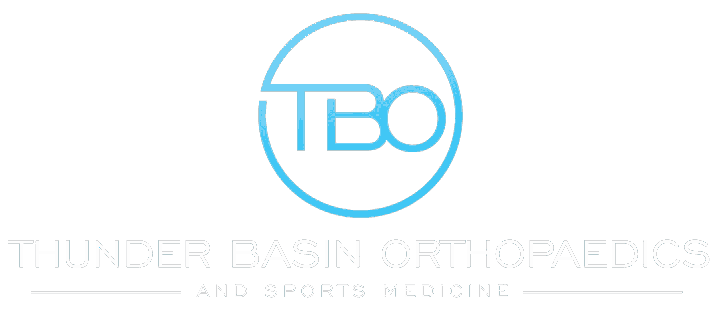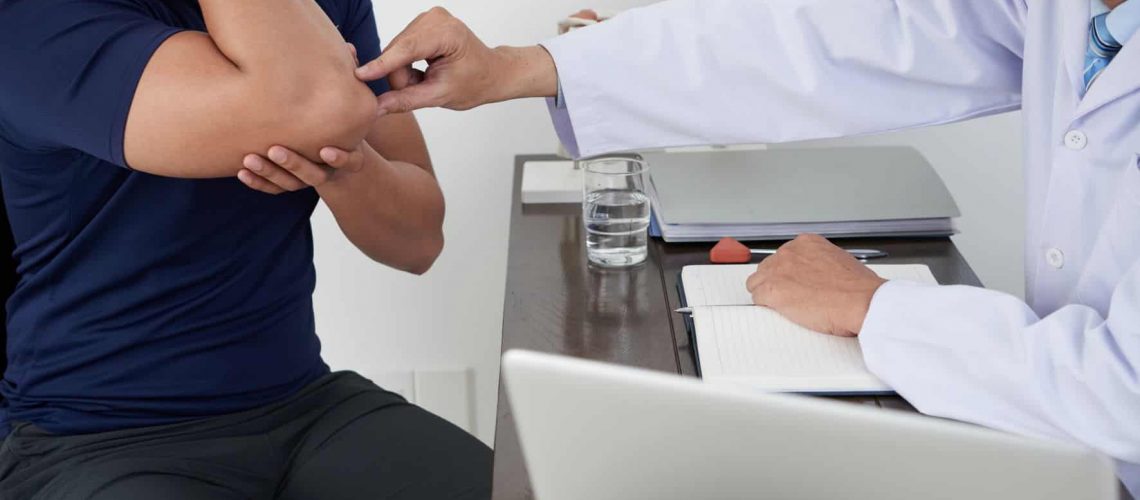The elbows are regarded as one of the most intricate parts of the body, as they comprise fluid, cartilage, ligaments, and bones, all working together in a complex harmony. They are in control of a number of our core strength and mobility, as we would be unable to move and stretch our arms without them. Because of the complexity of the elbow joints, it is prone to various forms of injuries.
Tennis elbow and golfer’s elbow are two prevalent injuries that people suffer frequently. Contrary to their namesake, it is not vital that you are a tennis or golf player to experience these injuries. Put simply, these issues are a form of tendonitis — an inflammation of a tendon that typically occurs when someone overuses or injures a tendon while engaging in activities that require continuous grabbing and twisting movements.
So what are the primary distinctions between tennis elbow and golfer’s elbow, and how can you determine if you have one or the other? Below is an outline that discusses the fundamental characteristics, indicators, causes, and treatments for each elbow injury and what you can do to avoid future injuries.
Contents
What Is The Difference?
Finding the source of your inflammation and discomfort is one of the most efficient methods to determine the type of injury you may have. Tennis elbow is a sort of tendonitis that emerges when the tendons in your elbow are overloaded. On the other hand, tendonitis inside the elbow causes a golfer’s elbow. Locating the source of pain will be the most critical distinguishing characteristic between these two conditions.
Lateral Epicondylitis: Tennis Elbow
Tennis elbow, commonly known as lateral epicondylitis, is a condition that affects not only tennis players but also individuals who work in jobs that require repetitive arm and wrist motions. When you overuse your backhand and forehand, your muscles are more susceptible to becoming strained, resulting in much more pain and inflammation. Tennis elbow is most prominent among cooks, painters, carpenters, mechanics, and plumbers.
Signs and Symptoms of Tennis Elbow
Below are some of the most prevalent signs and indications of tennis elbow:
- Experiencing discomfort when twisting or grabbing something, or when playing tennis, particularly with backhand strokes
- Unsteady grip or weakness in the forearms
- Outside the elbow, there is tenderness.
- Pain radiating down your forearm from the outside of your elbow
However, tennis elbow is a condition that seldom settles on its own. Stopping the pain-inducing continuous motion will not address the root cause of the issue. The first step in treatment is to relax your elbow gradually. It is essential to consult with an orthopedist or sports medicine specialist, and seek out physical therapy.
Medial Epicondylitis: Golfer’s Elbow
Although golfer’s elbow is far less prominent than tennis elbow, both become more common as we get older. Excessive physical load causes both conditions to occur. The only distinction is that medial epicondylitis leads to inflammation on the inside of your elbow, where tendons and muscles connect. However, the pain may extend to your wrist and forearm when you are:
- Gardening
- Painting
- Shoveling
- Tasks that incorporate grasping
- Lifting
Signs and Symptoms of Golfer’s Elbow
Several indications of golfer’s elbow are mirror images of tennis elbow symptoms. The following are some of the most prevalent golfer’s elbow signs:
- When you flex your wrist, it aches
- Gripping causes pain
- Your fingers are numb and tingling
- Weak hands and wrists
- Inside the elbow, there is tenderness
- The pain extends from the inside of your elbow to the outside of your arm
Treatment for Tennis Elbow & Golfer’s Elbow
Remarkably, the vast majority of tennis and golfer’s elbow occurrences react more positively to conservative treatment. While surgery is rarely recommended, full recovery will potentially take several weeks or even months, based on the severity of the problem.
Similar to other types of tendonitis, the vital part of the treatment procedure is to lessen the tension on the afflicted muscles. The process typically includes relaxing the arm, wearing sports taping or a brace, using wrist crutches, and, once the pain has subsided, altering the behavior that has induced the condition to reduce the occurrence of the problem in the future.
Is It Necessary To See An Orthopedic Surgeon?
Depending on the severity and extent of your symptoms will determine whether or not you should be seeing a specialist. If your elbow is causing you discomfort for more than a week or the pain intensifies, you should seek medical advice. You might consider visiting an orthopedic specialist if you have any of the following symptoms:
- You are having trouble moving your arm
- Symptoms that make it challenging to go about your daily routine
- A bump or protrusion that is visible
- Redness and swelling
Finding Relief From Your Elbow Pain At Thunder Basin Orthopaedics
Overuse injuries can affect athletes both young and old. They can be a problem whether you’re a professional or just someone who enjoys being active. And they can ruin the fun of being active if they cause you a tremendous amount of pain.
You don’t have to let these injuries win. You don’t have to give up on your active goals, but you may need to change the way you work out. And if you need help with treating or recovering from an overuse injury, we can help.
Thunder Basin Orthopaedics and Sports Medicine can help you overcome various orthopedic injuries so you can get back to the active life you enjoy. Contact us today to see how our specialists can help you get back in the game.


